This Pan Seared Shrimp is perfectly cooked with subtle hints of garlic and citrus. It's a must try for those looking to add a tasty twist to their meals. Serve as a main course or as an addition to your favorite dishes!
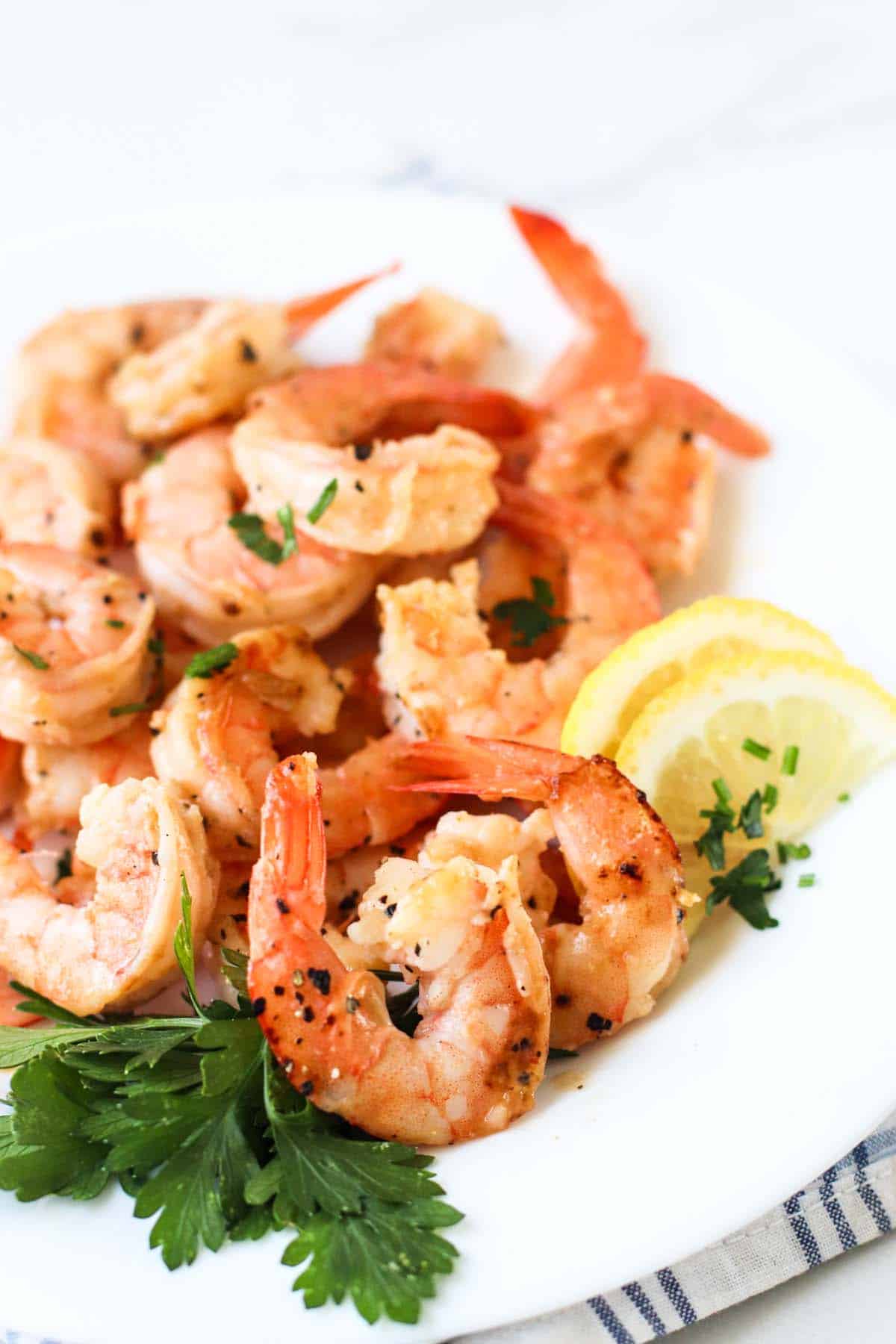
Jump to:
Check out my Fresh And Easy Shrimp Ceviche and my Shrimp Tacos with Cilantro Lime Sauce for more delicious shrimp recipes!
This pan seared shrimp is bursting with flavor. The shrimp is lightly seared to perfection and enhanced with sautéed garlic.
It's quick and easy to prepare making it the perfect choice for a weeknight meal. It's also a great addition to your favorite salads and pasta dishes!
Why You'll Love This Recipe
- This recipe is simple to make, taking just a few minutes to cook the shrimp.
- The combination of sautéed garlic and lemon juice adds a burst of fresh flavors to the shrimp.
- It can be enjoyed as a standalone main course or used to enhance various dishes. You can add them to salads, pasta or tacos.
- Since this recipe requires only one skillet, cleanup is a breeze. Less time spent on cleaning means more time to savor the delicious shrimp.
Ingredients You'll Need
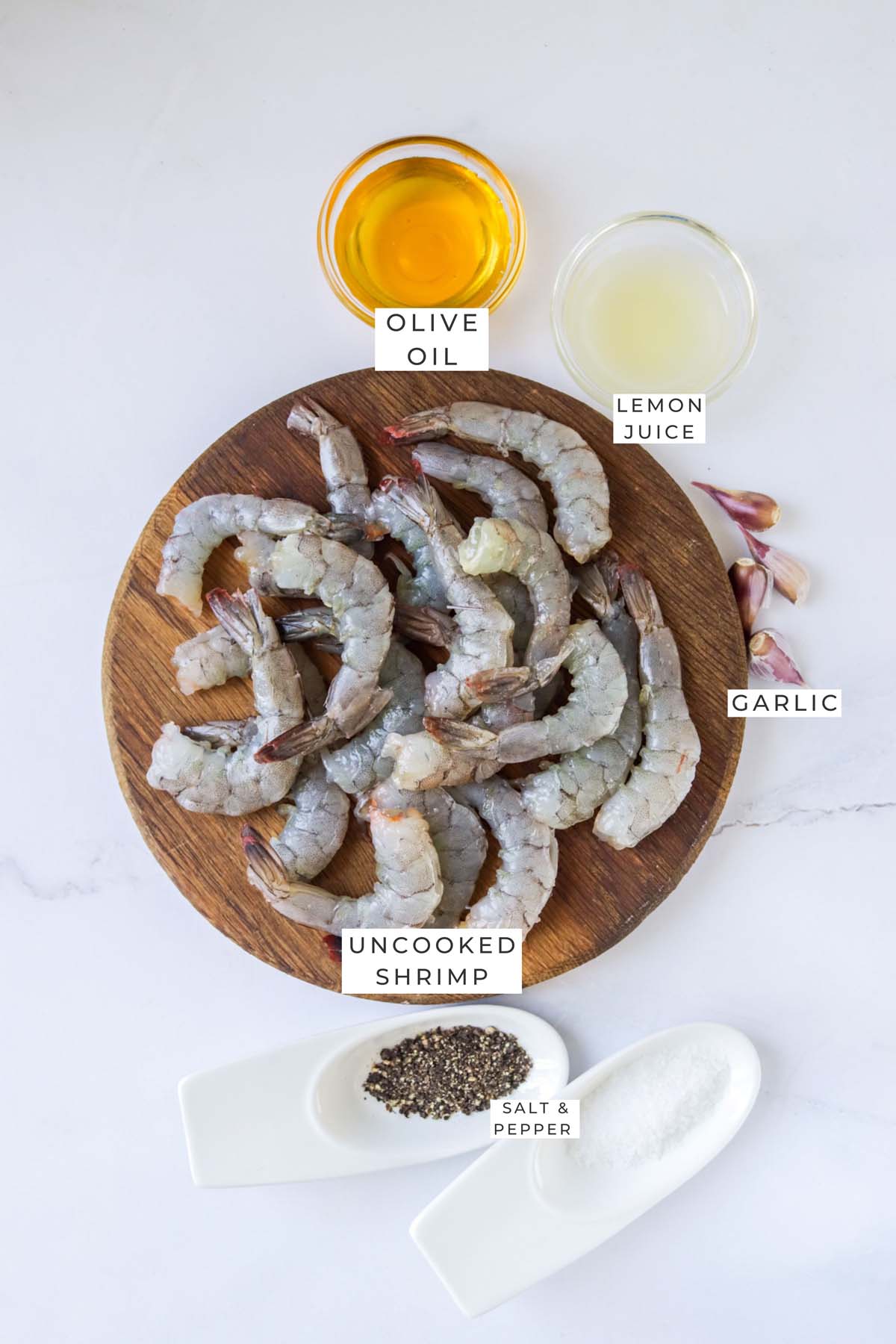
- Shrimp: Choose fresh or frozen shrimp that has been peeled and deveined.
- Olive Oil: Its subtle flavor complements the shrimp without overpowering the dish.
- Garlic: Minced and sautéed to infuse the shrimp with aromatic goodness.
- Lemon Juice: Brightens up the dish, providing a refreshing contrast to the natural sweetness of the shrimp.
- Salt & Pepper: Enhances the taste of the shrimp without masking its delicate nature.
- Fresh Parsley: Chopped parsley serves as a vibrant garnish, adding a touch of color and freshness to the dish.
Step-By-Step Instructions
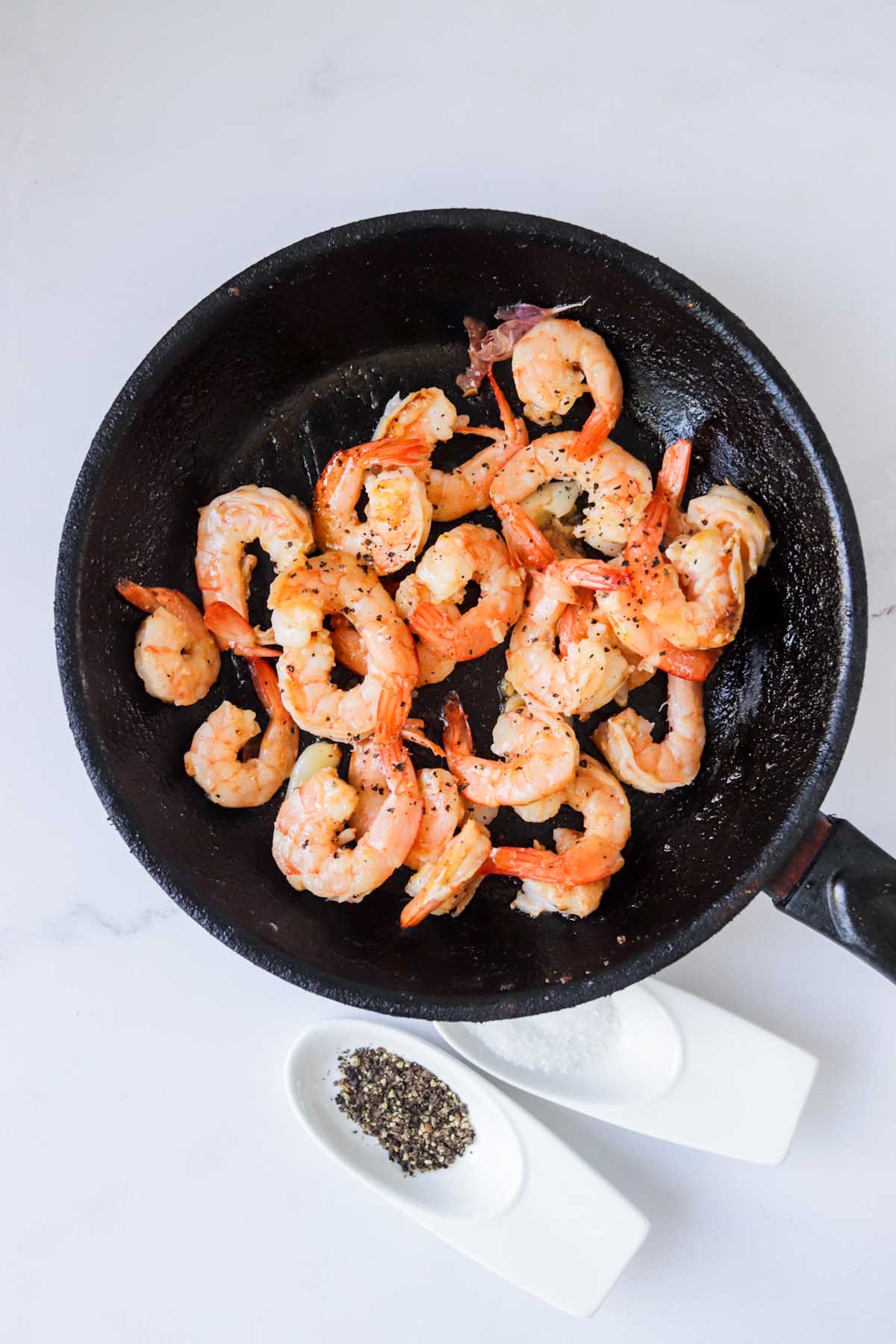
Step 1: Start by patting the shrimp dry with paper towels to remove any excess moisture. This will help achieve a nice sear.
Step 2: Heat a large skillet over medium-high heat and add the olive oil. Allow the oil to heat up for a minute or two.
Step 3: Add the minced garlic to the skillet and sauté for about 30 seconds until fragrant.
Step 4: Carefully add the shrimp to the skillet in a single layer, making sure they're not overcrowded. If necessary, cook the shrimp in batches.
Step 5: Season the shrimp with salt and pepper to taste. Let them cook undisturbed for about 2-3 minutes, or until they start turning pink and opaque on one side.
Step 6: Flip the shrimp using tongs or a spatula and cook for an additional 2-3 minutes until they're cooked through. The cooking time may vary depending on the size of the shrimp, so keep an eye on them to avoid overcooking.
Step 7: Drizzle the lemon juice over the shrimp and give them a quick toss in the skillet to coat evenly. This will add a bright and tangy flavor.
Step 8: Remove the skillet from the heat and transfer the shrimp to a serving plate. Sprinkle some freshly chopped parsley over the top for garnish.
NOTE: You can print the FULL recipe with all ingredients & detailed instructions below!
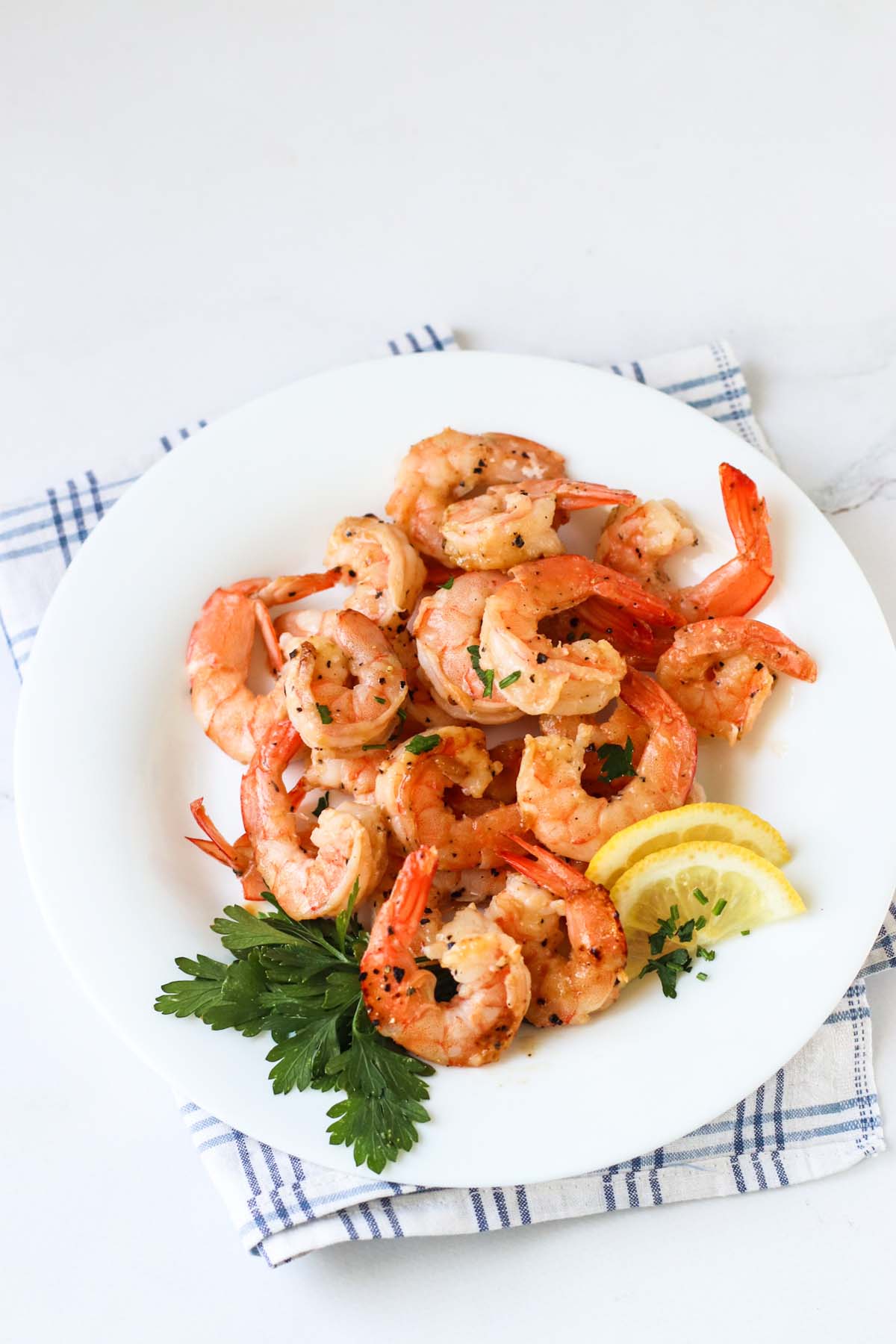
Expert Tips
- If possible, opt for fresh, high quality shrimp.
- Make sure your skillet is thoroughly heated before adding the shrimp. A hot skillet helps achieve a good sear and prevents the shrimp from sticking.
- Olive oil works well for pan searing shrimp due to its moderate smoke point and subtle flavor. If preferred, you can use other high heat cooking oils like vegetable or canola oil.
- Shrimp cook quickly, so keep a close eye on them. Overcooked shrimp can become rubbery and lose their tenderness. Once the shrimp turn pink and opaque, they are done.
Variations
- Cajun or Creole: Add a kick of spice by seasoning the shrimp with Cajun or Creole spices. Paprika, cayenne pepper, thyme, and oregano will infuse the shrimp with bold flavors.
- Garlic Butter: Instead of using olive oil, cook the shrimp in a generous amount of melted butter and minced garlic.
- Lime and Chili: Swap the lemon juice for lime juice and add a pinch of chili powder or red pepper flakes.
- Sesame Ginger: Marinate the shrimp in a mixture of sesame oil, soy sauce, ginger, and garlic for an Asian-inspired twist.
Storing & Freezing
Storing: Transfer the cooled shrimp to an airtight container or a resealable plastic bag. Store the shrimp in the refrigerator for up to 2-3 days.
Freezing: Be sure the shrimp are fresh and haven't been previously frozen. Pat the shrimp dry with paper towels to remove any excess moisture. Lay the shrimp in a single layer on a baking sheet lined with parchment paper or wax paper. Make sure they are not touching each other. Place the baking sheet in the freezer and freeze the shrimp for 1-2 hours or until they are firm and slightly frozen. Once the shrimp are partially frozen, transfer them to a resealable plastic bag or an airtight container. They can be stored in the freezer for up to 2-3 months.
Recipe FAQ's
Absolutely! While the recipe suggests using olive oil, you can use other high heat cooking oils like vegetable oil, canola oil, or avocado oil.
To prevent the shrimp from sticking to the pan, make sure your skillet is well heated before adding the oil and shrimp. Also, be sure the shrimp are dry before placing them in the pan. If your shrimp are sticking, avoid moving them around too much during cooking, as this can disrupt the searing process.
You can enjoy them as a standalone main course with a side of steamed vegetables or a fresh salad. They also work well in tacos, pasta dishes, or rice bowls.
More Seafood Recipes You'll Love
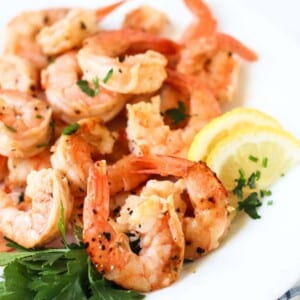
Pan Seared Shrimp
Special Equipment
Ingredients
- 1 pound uncooked shrimp peeled and deveined
- 2 tablespoons olive oil
- 2 cloves garlic minced
- 1 tablespoon lemon juice
- Salt and pepper to taste
- Fresh parsley, chopped for garnish
Instructions
- Start by patting the shrimp dry with paper towels to remove any excess moisture. This will help achieve a nice sear.
- Heat a large skillet over medium-high heat and add the olive oil. Allow the oil to heat up for a minute or two.
- Add the minced garlic to the skillet and sauté for about 30 seconds until fragrant.
- Carefully add the shrimp to the skillet in a single layer, making sure they're not overcrowded. If necessary, cook the shrimp in batches.
- Season the shrimp with salt and pepper to taste. Let them cook undisturbed for about 2-3 minutes, or until they start turning pink and opaque on one side.
- Flip the shrimp using tongs or a spatula and cook for an additional 2-3 minutes until they're cooked through. The cooking time may vary depending on the size of the shrimp, so keep an eye on them to avoid overcooking.
- Drizzle the lemon juice over the shrimp and give them a quick toss in the skillet to coat evenly. This will add a bright and tangy flavor.
- Remove the skillet from the heat and transfer the shrimp to a serving plate. Sprinkle some freshly chopped parsley over the top for garnish.
Notes
- If possible, opt for fresh, high quality shrimp.
- Make sure your skillet is thoroughly heated before adding the shrimp. A hot skillet helps achieve a good sear and prevents the shrimp from sticking.
- Olive oil works well for pan searing shrimp due to its moderate smoke point and subtle flavor. If preferred, you can use other high heat cooking oils like vegetable or canola oil.
- Shrimp cook quickly, so keep a close eye on them. Overcooked shrimp can become rubbery and lose their tenderness. Once the shrimp turn pink and opaque, they are done.
- Storing: Transfer the cooled shrimp to an airtight container or a resealable plastic bag. Store the shrimp in the refrigerator for up to 2-3 days.
- Freezing: Be sure the shrimp are fresh and haven't been previously frozen. Pat the shrimp dry with paper towels to remove any excess moisture. Lay the shrimp in a single layer on a baking sheet lined with parchment paper or wax paper. Make sure they are not touching each other.
Nutrition
All nutritional information is based on third-party calculations and should be considered estimates. Actual nutritional content will vary with brands used, measuring methods, portion sizes and more.


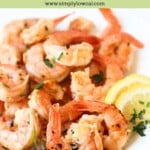
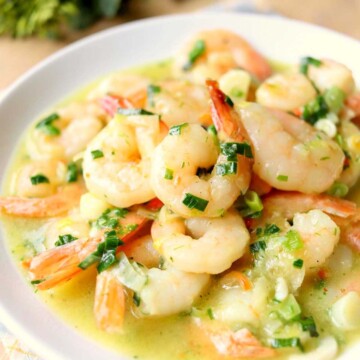
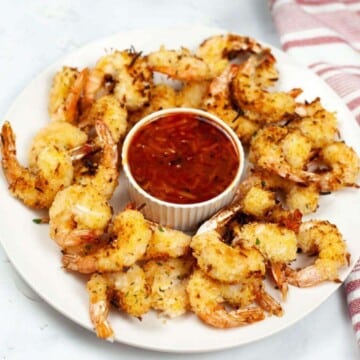
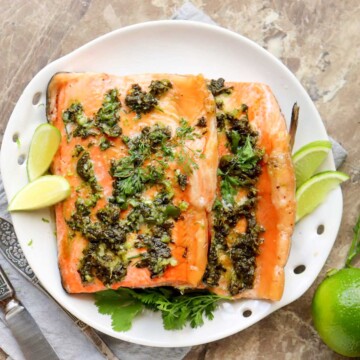
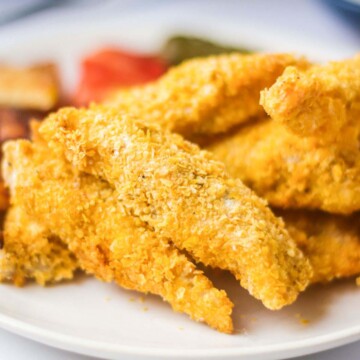
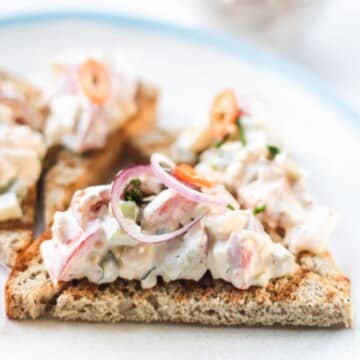
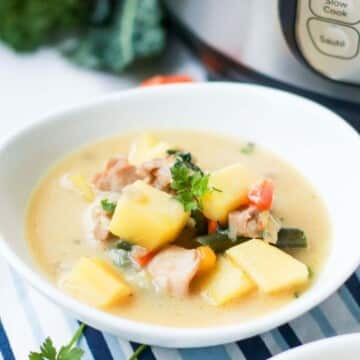
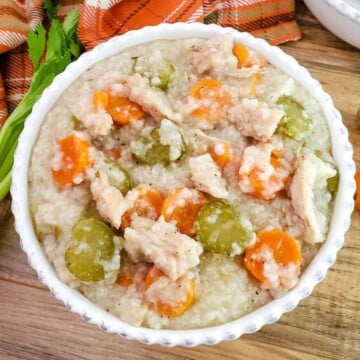
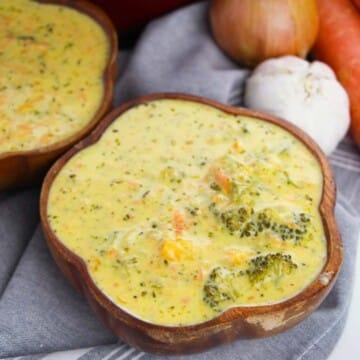
Comments
No Comments